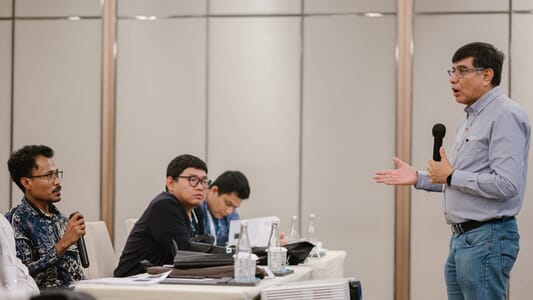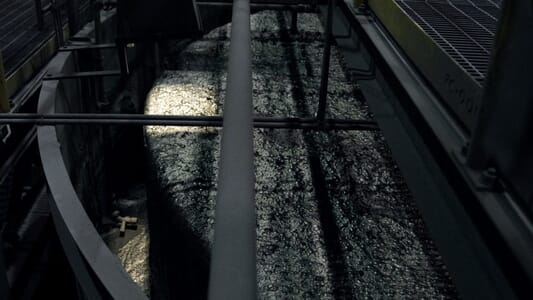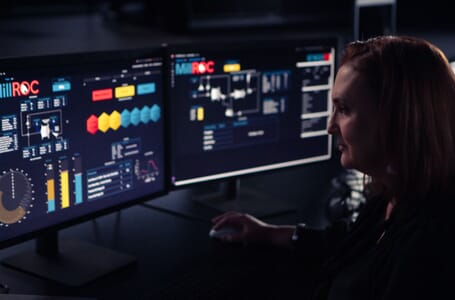Molycop innovation expert Dr Paul Shelley unpacks the major forces reshaping the mining industry – from the race to decarbonise and the opportunities for operational excellence driven by digital transformation to the growing push for localised supply chains – and explores what they mean for the future of operational strategy and innovation.
Key facts
- The mining industry is rapidly advancing toward decarbonisation, with energy transition and emissions reduction emerging as top priorities.
- Digital transformation is maturing, with technologies like Digital Twins and sensor-driven data analytics driving operational excellence and reducing variability.
- A shift toward economic nationalism is reshaping supply chains, with increasing emphasis on local content, domestic processing and strategic partnerships.
Fresh from presenting at this year’s CIM Connect 2025 conference in Montreal, Dr Paul Shelley, Global Head of Innovation at Molycop, spoke with us about the key trends affecting the mining sector in 2025 and beyond.
You’ve just returned from CIM Connect 2025. What stood out to you most?
CIM Connect continues to be one of the most important forums for the global mining industry. With over 6000 attendees, 240 exhibitors and 230 speakers, it’s where key players from across the value chain gather to share, challenge and collaborate. The theme this year – Minerals, Innovation and the Energy Transition – spoke directly to the industry's priorities: decarbonisation, operational transformation and sustainable growth.The conference gave me an opportunity to present my latest paper – The Grinding Media Carbon Footprint – which is a landmark in the discussion about grinding media's carbon footprint for embedded emissions and in-use emissions.
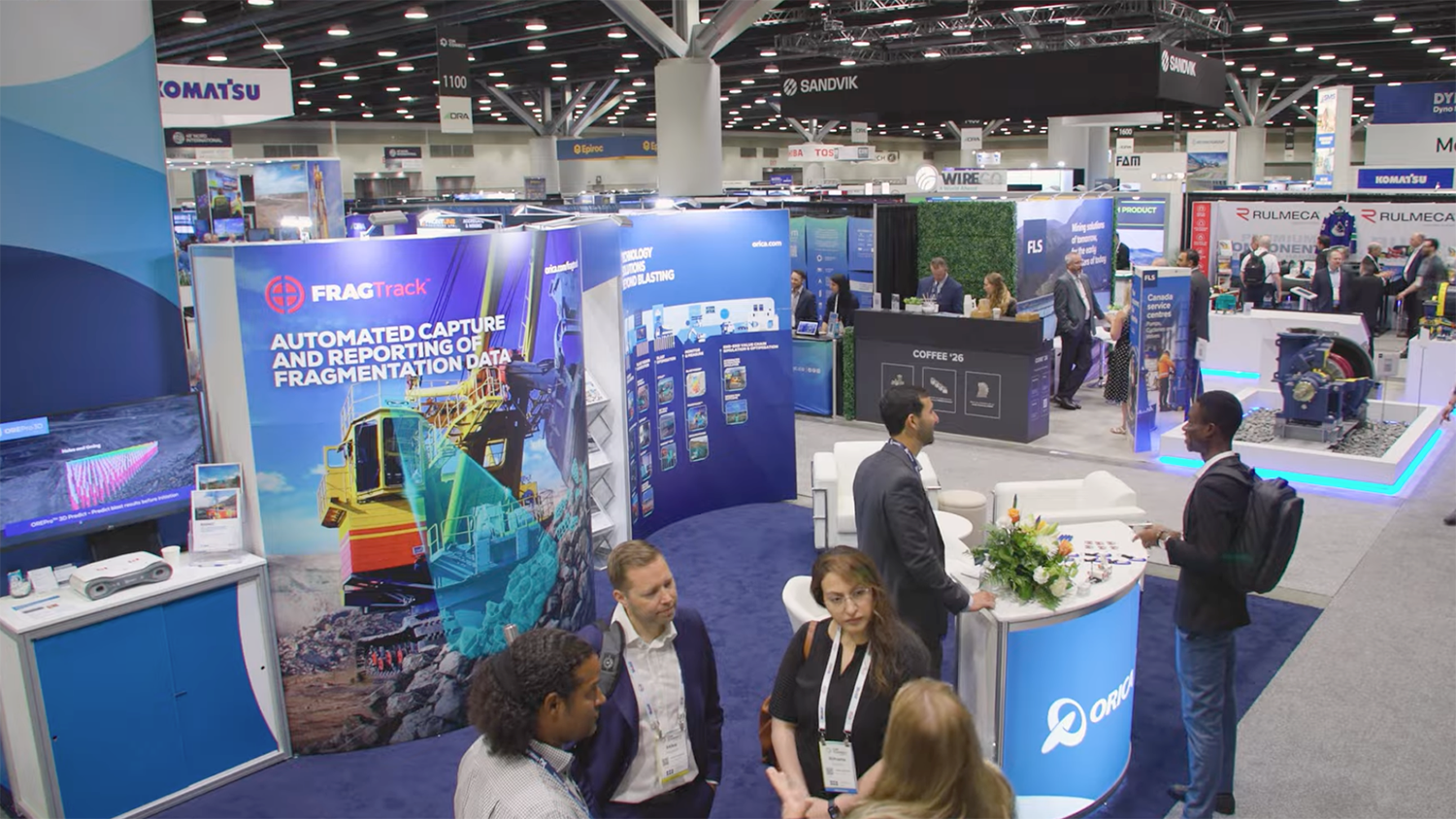 What are the major themes that emerged at the conference?
What are the major themes that emerged at the conference?
The energy transition is front and centre. There's a growing urgency to shift away from diesel and fossil fuel power supply on mine sites – though that’s especially difficult in remote locations like northern Canada. The broader conversation centres around four pillars: affordability, reliability, sustainability and security of supply. That framework is influencing decisions across the supply chain.There is a strong narrative emerging around economic nationalism. Canada is building policies prioritising local content, local processing, and domestic steel, batteries and renewables manufacturing. It’s a marked shift from the globalisation model – and it’s one we’re watching closely.
From a technology standpoint, digital transformation is maturing. Tools like Digital Twins are being applied in more targeted, value-driven ways. What’s emerging is a new focus on operational excellence – and identifying and eliminating variability is at the heart of that.
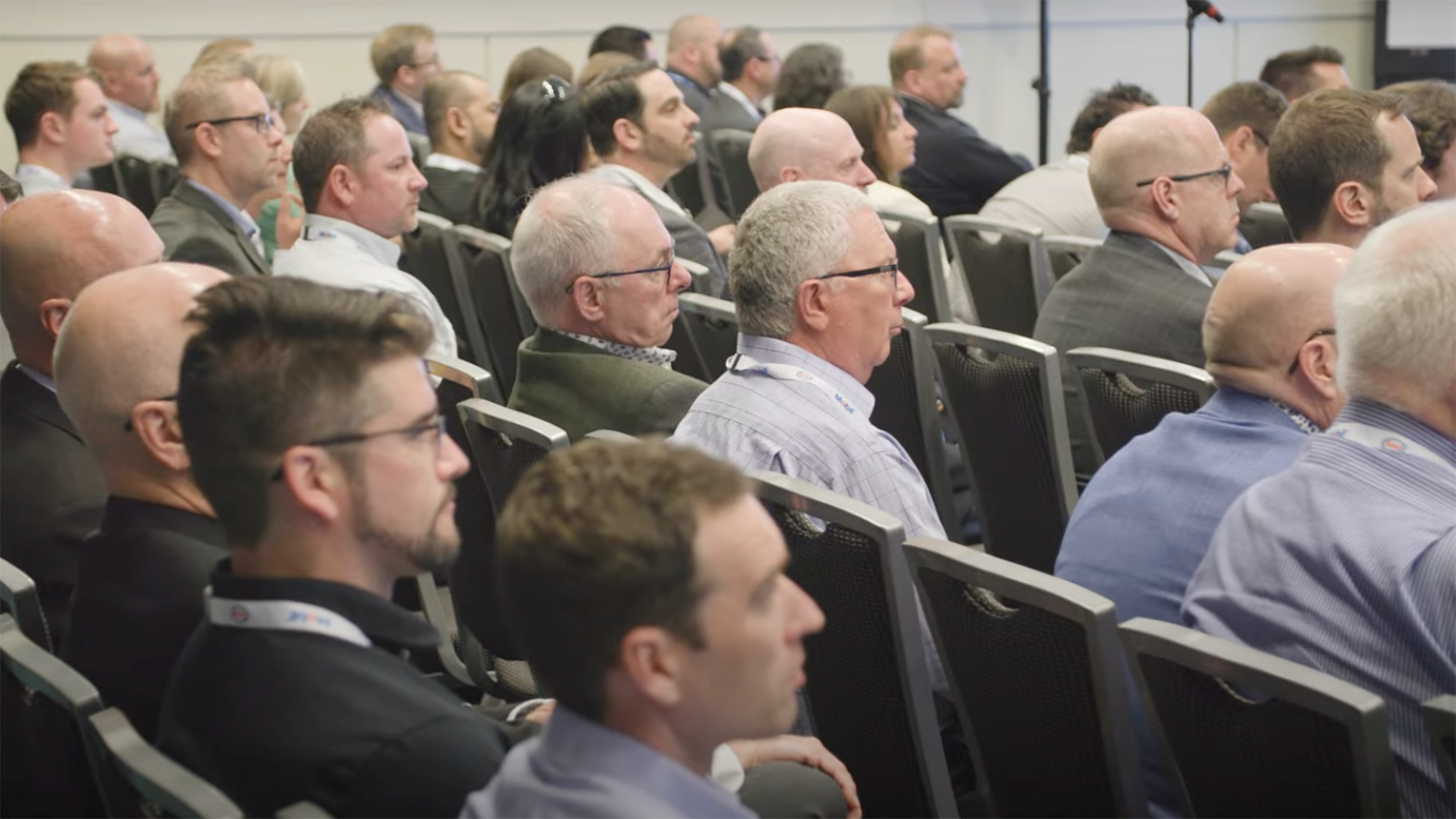 How is Molycop adapting its solutions and services to respond to these trends?
How is Molycop adapting its solutions and services to respond to these trends?
In several ways:
- First, our digital process control solutions – especially our Molycop Technologies (MCT) solutions – are well aligned with current market needs: proven, reliable tools that support better decision-making and reduce variability. This is no longer about experimentation. Miners are deploying what works, and Molycop is in that mix.
- Second, we’re seeing more opportunities to collaborate in a bigger, more strategic way. The idea of partnering with a miner to co-develop an end-to-end solution – from the crusher all the way through to recovery – really resonates. It brings together Molycop’s global product and service portfolio in a way that delivers measurable value.
- Third, our work on sustainability is gaining traction. We presented our carbon footprint paper to an audience of about 60 industry professionals, and it sparked a number of valuable conversations. We’re just beginning to tell our story in this space, and we have more to offer – especially with growing interest in supply chain decarbonisation.
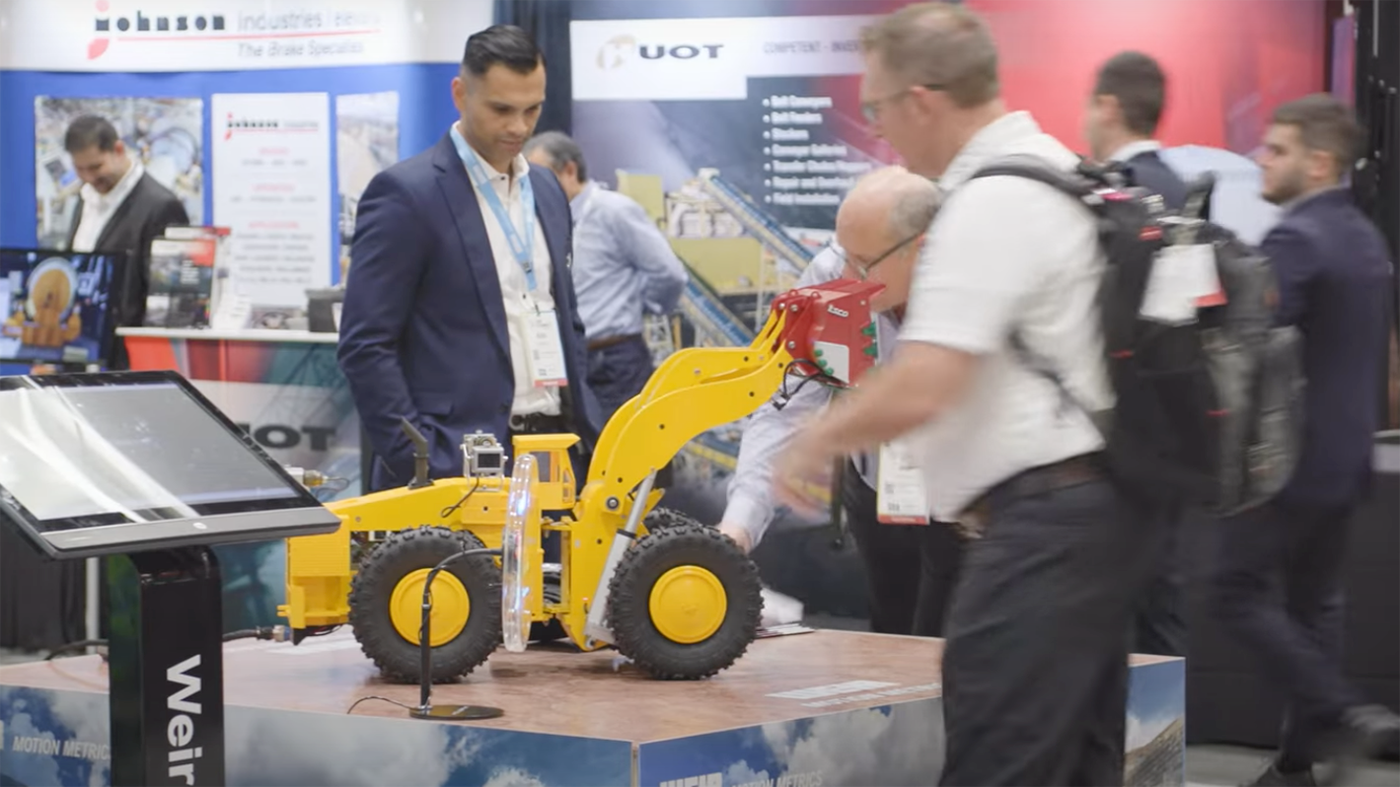 Are there any standout innovations or partnerships that have captured your attention?
Are there any standout innovations or partnerships that have captured your attention?
Absolutely. One that comes to mind is the collaboration between Caterpillar and Nouveau Monde Graphite (NMG) – a serious push toward zero CO₂ emissions through electrified and autonomous haulage. It’s a great example of an OEM and a miner coming together not just to test, but to commercialise meaningful change.There’s also progress on sensor technology – especially in haul trucks. Teck and Hudbay are now using XRF technology to analyse ore grade at the shovel-truck interface, and it’s having a real impact on head grades. That’s the kind of data-driven decision-making that reduces waste and improves throughput.
We also seeing further developments in Mine-to-Mill integration, particularly around solving the data gap between the truck and the mill. Companies like Orica and MineSense are leading in this space, and the involvement of big cloud providers is helping overcome the integration and cybersecurity challenges.
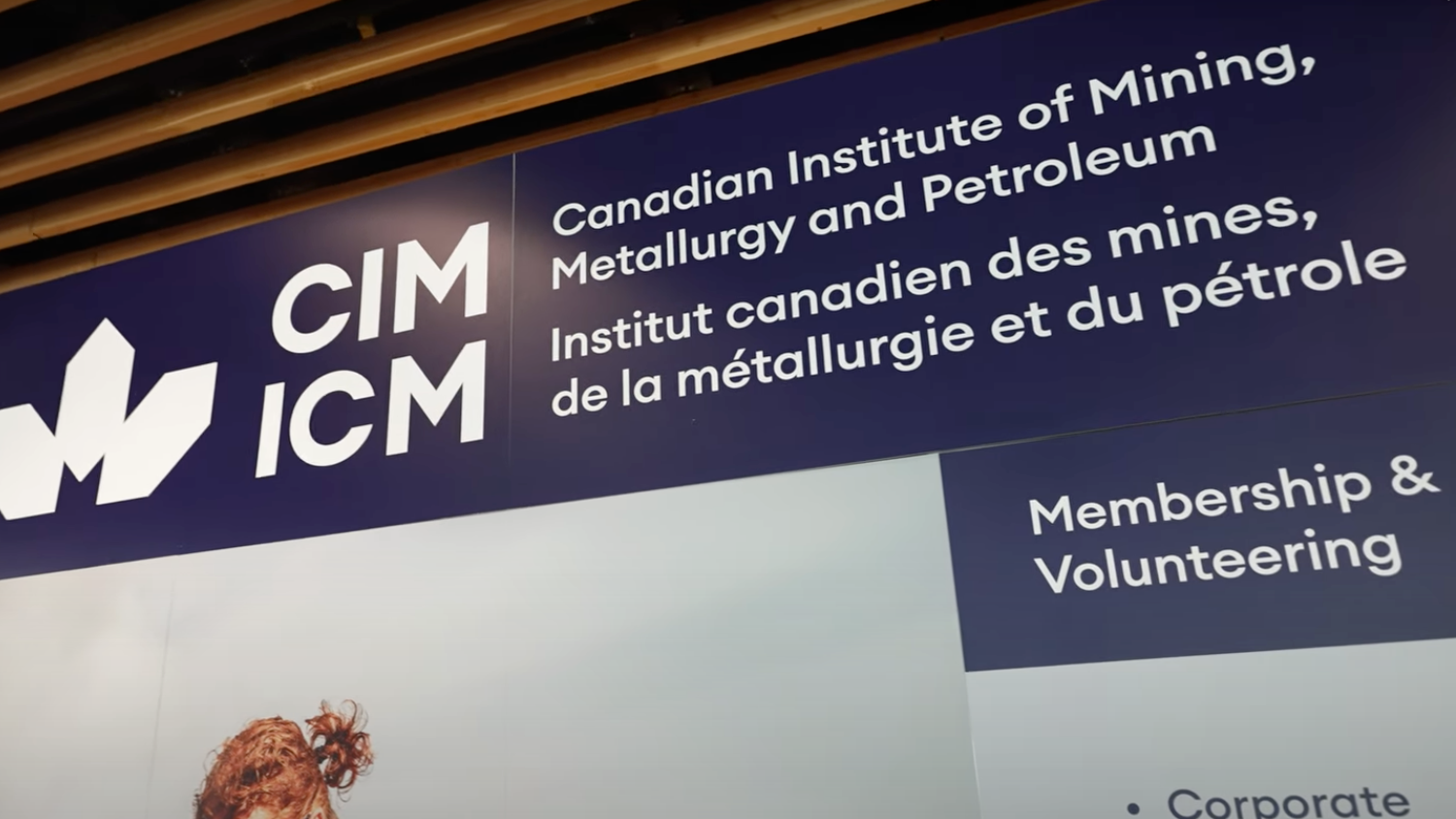 Where are Molycop’s priorities moving forward?
Where are Molycop’s priorities moving forward?
We’re looking at our strategic priorities through a few lenses:
- Digital growth – We’ll continue developing and expanding our process control offerings and look for opportunities to integrate across the mine value chain.
- Sustainability leadership – Our grinding media lifecycle work is just the beginning. We’re building the data, systems and partnerships to help customers meet their emissions goals.
- Customer collaboration – We are focused on building deeper technical partnerships. The question we’re asking is: How can Molycop help unlock performance gains across our customers’ entire process?
- Internal innovation – We see the opportunity for applying these same principles to our own operations. Using AI and machine learning to monitor variability within our manufacturing plants could deliver real gains in quality and efficiency.
What’s your main takeaway from CIM Connect 2025?
The mining industry is moving – fast. Net zero may not be achievable by 2050 in every case, but the push toward transformation is real and accelerating. The industry is looking for trusted partners who bring not just products, but insight and action.Molycop is ready to step into that space. With our global footprint, technical depth and customer-first approach, we are embracing the opportunity to lead.


